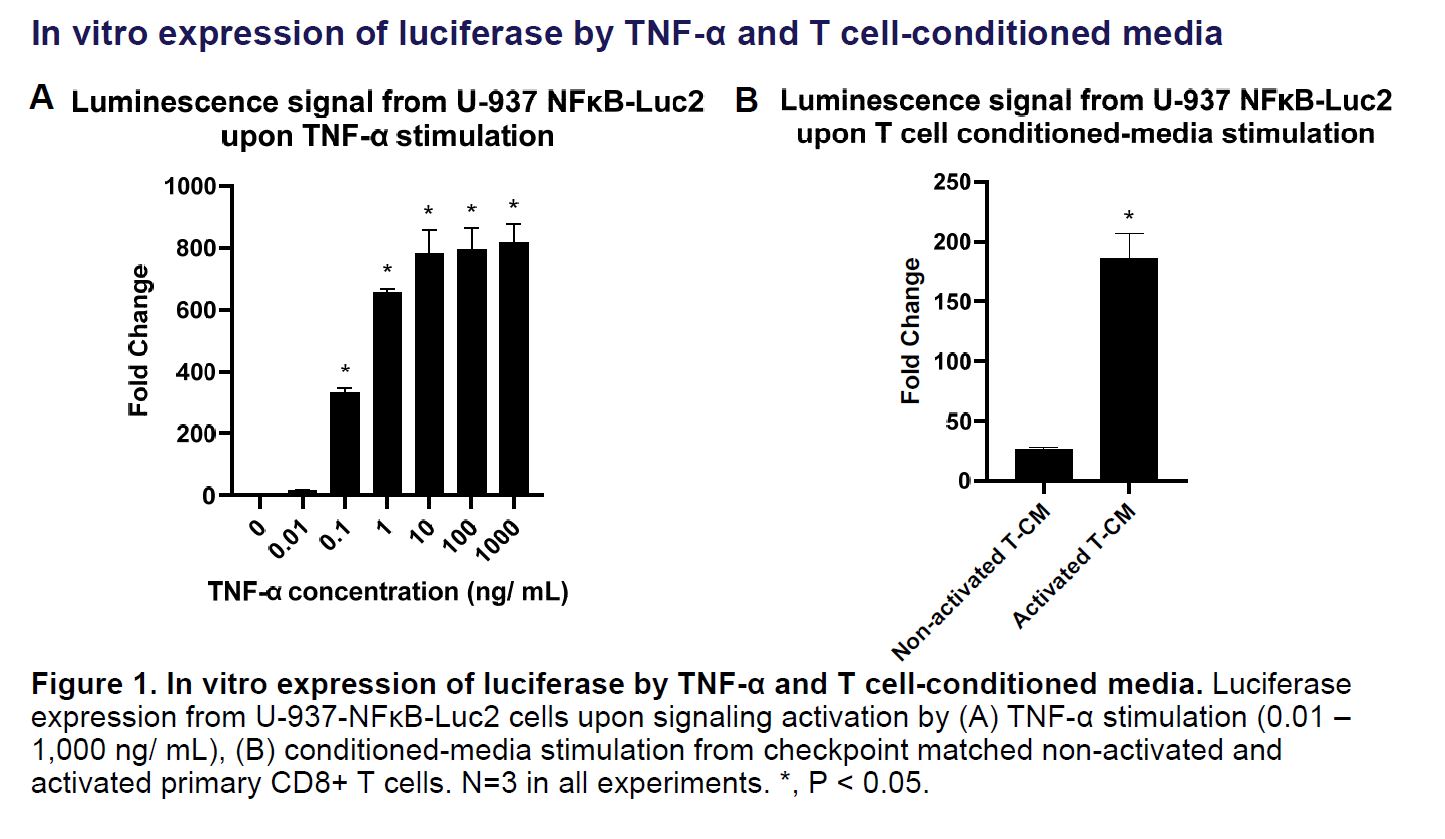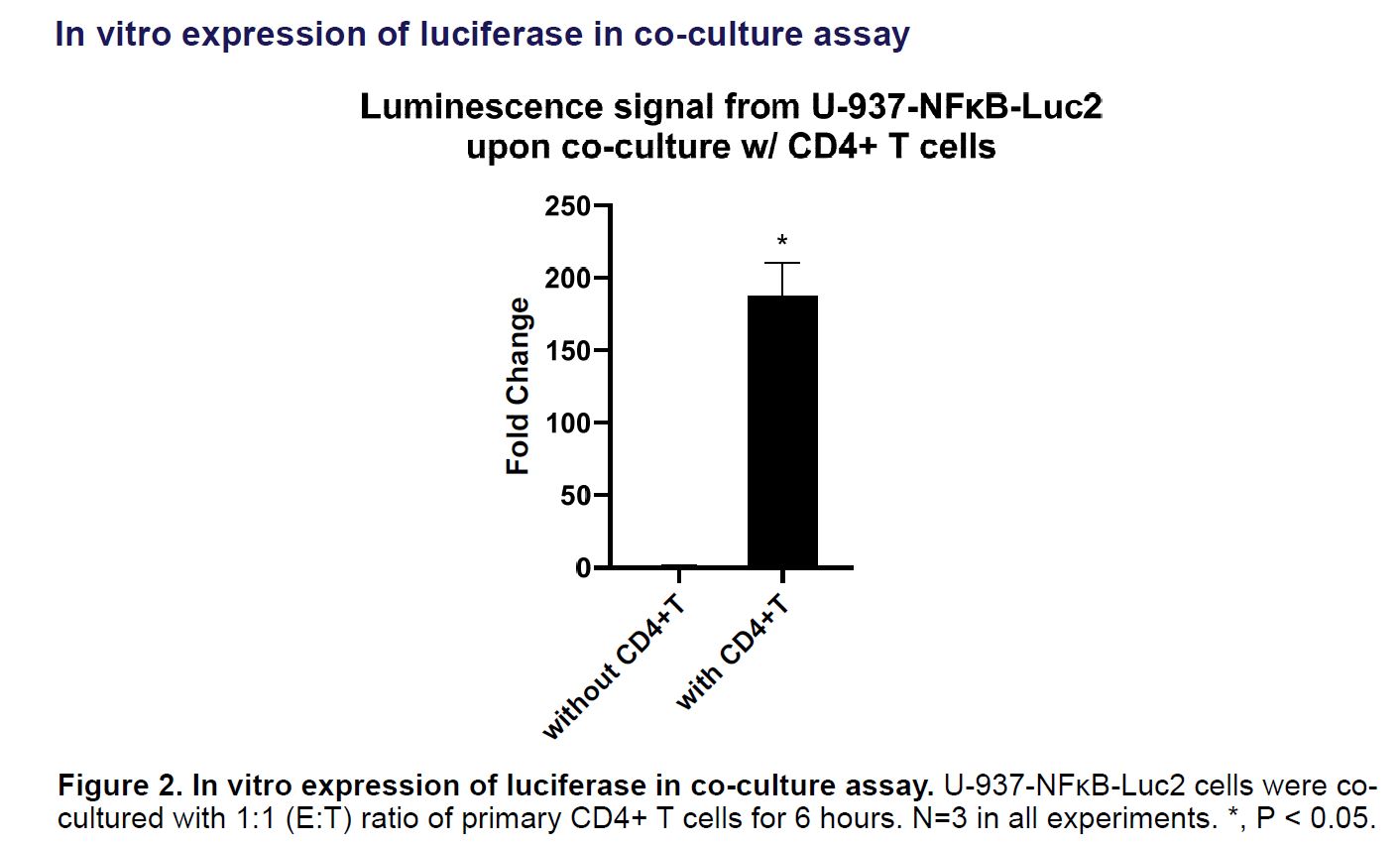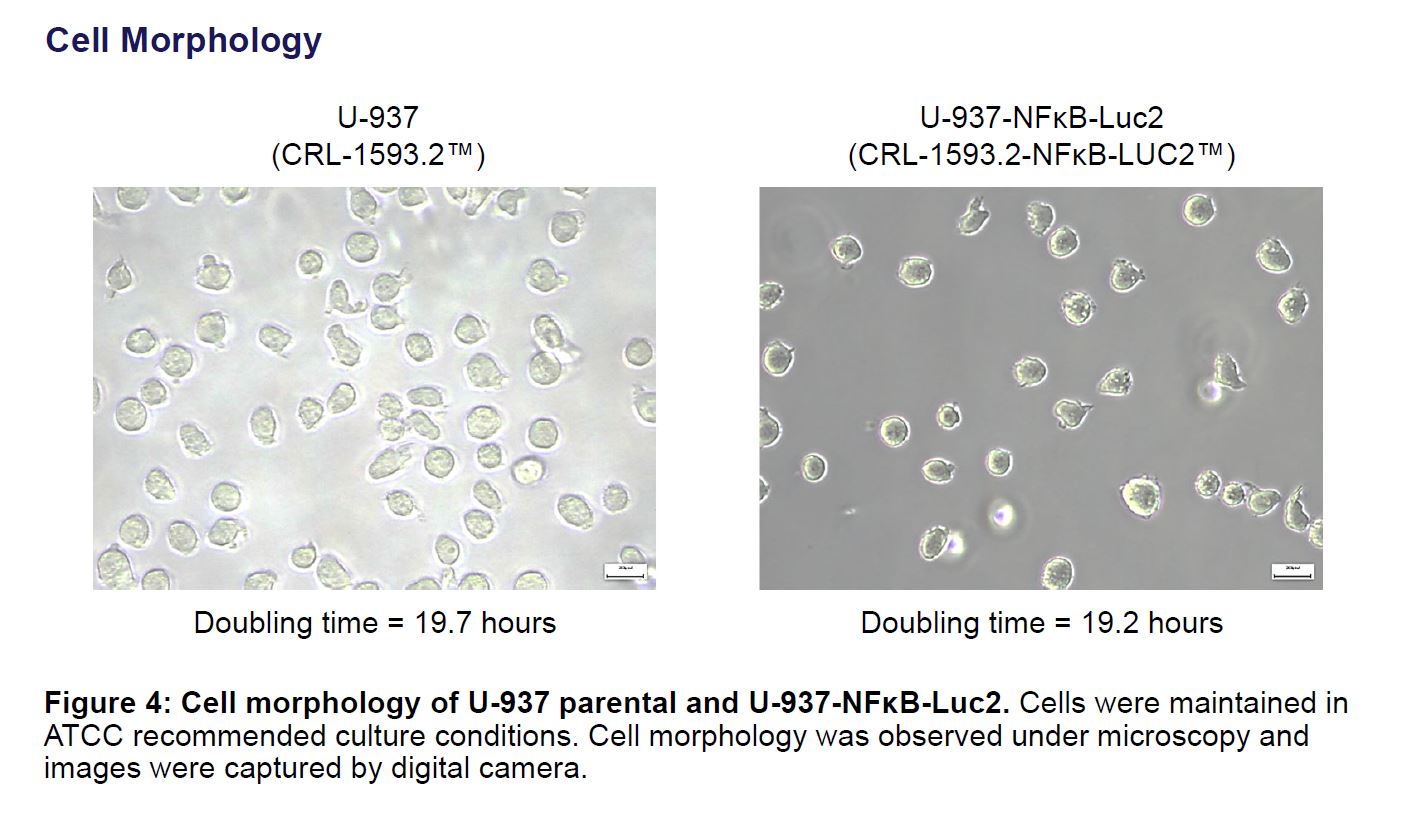U-937 NFκB-LUC2
CRL-1593.2-NFkB-LUC2 ™
U-937 NFκB-LUC2 is a luciferase reporter-labeled cell line that endogenously expresses a high level of SIRPA. This reporter cell line can be used in cell-based assays for monitoring the activity of NFκB signaling pathways.
Use Promo Code ATCC-000052 at checkout to save 10% off this product.
This offer is effective until December 31, 2025. The 10% discount applies only to this product and select reporter-labeled cell lines; all other items are excluded from this promotion. The promo code must be applied in the “Promotional code” field in the shopping cart. Void where prohibited. Restrictions may apply.




